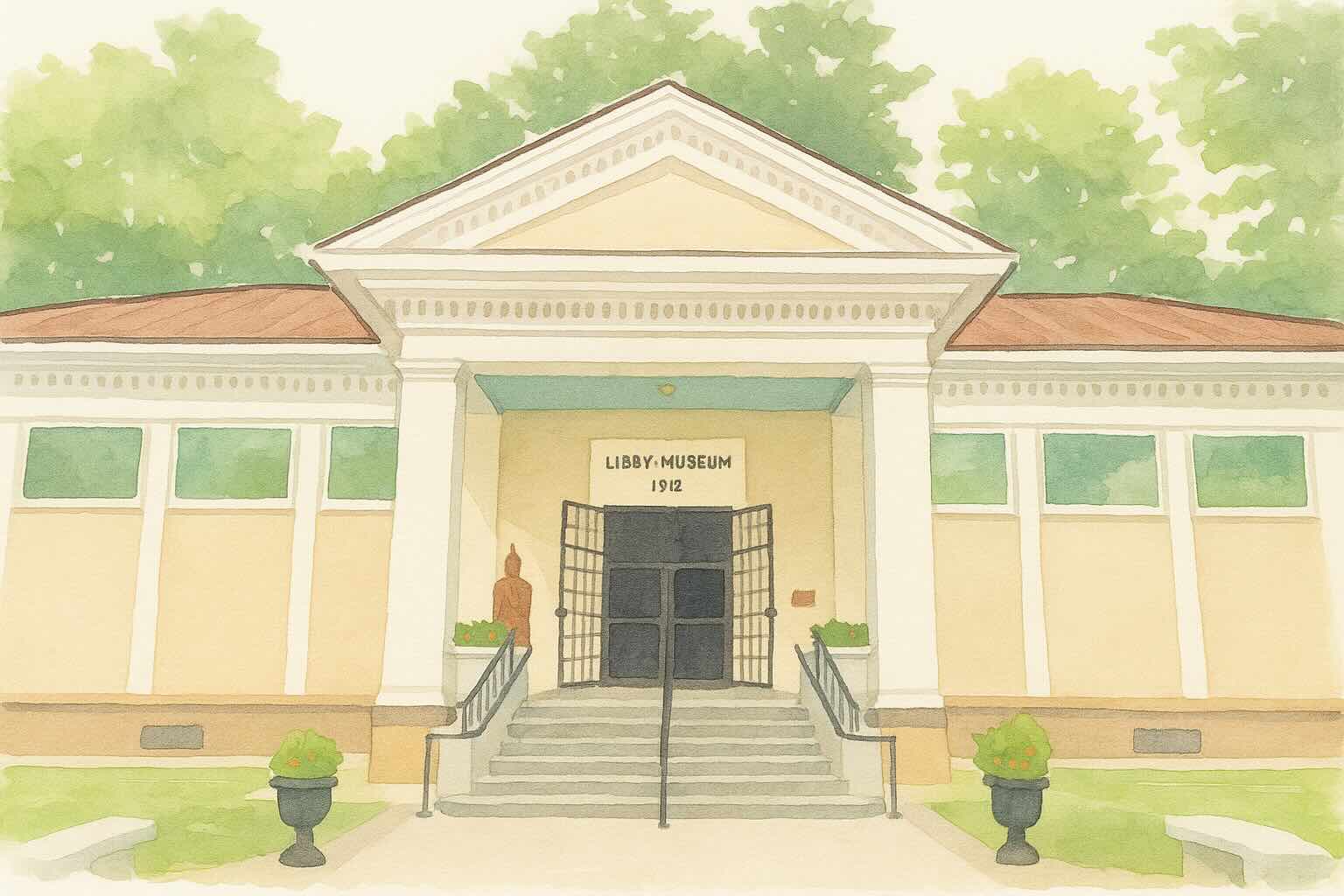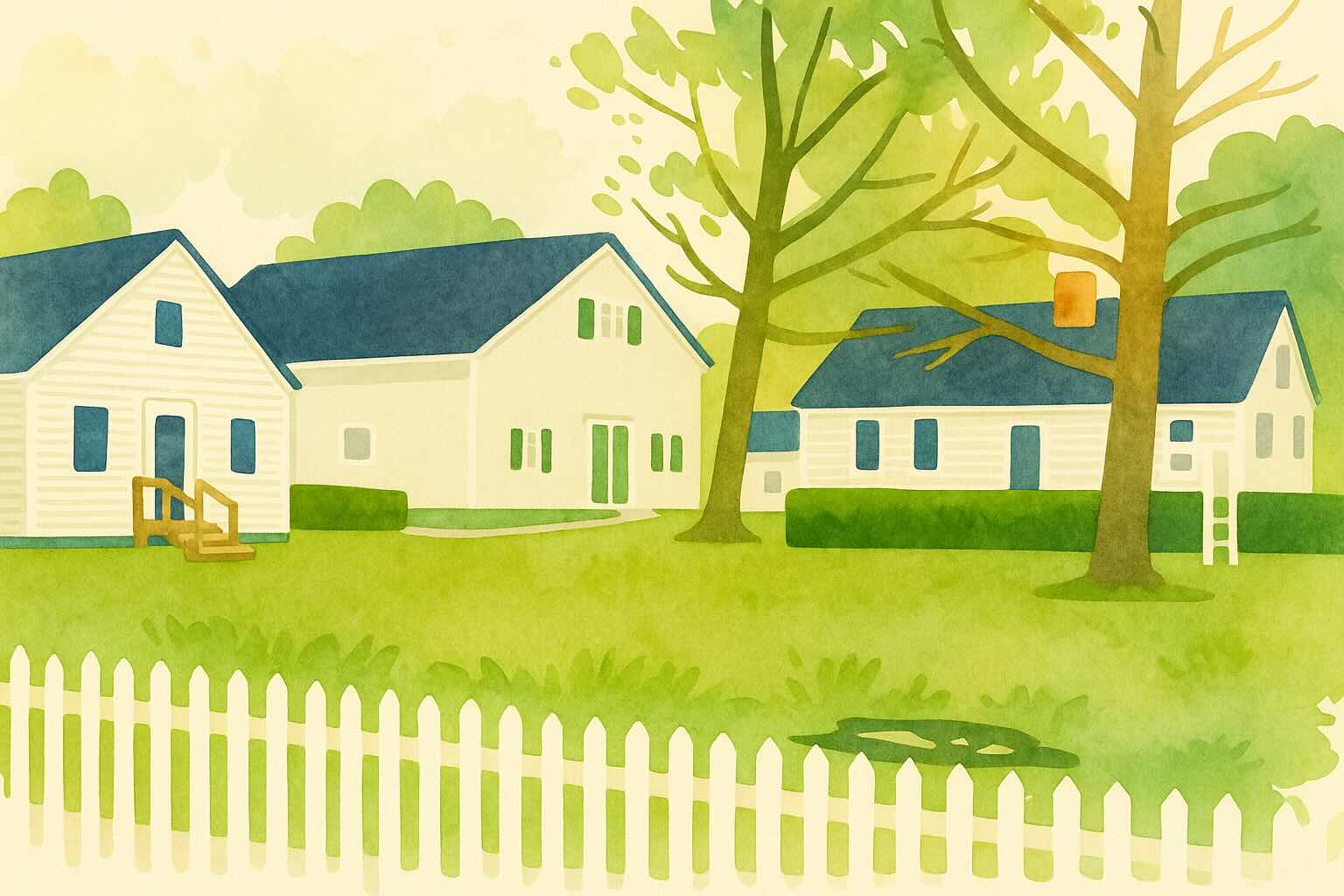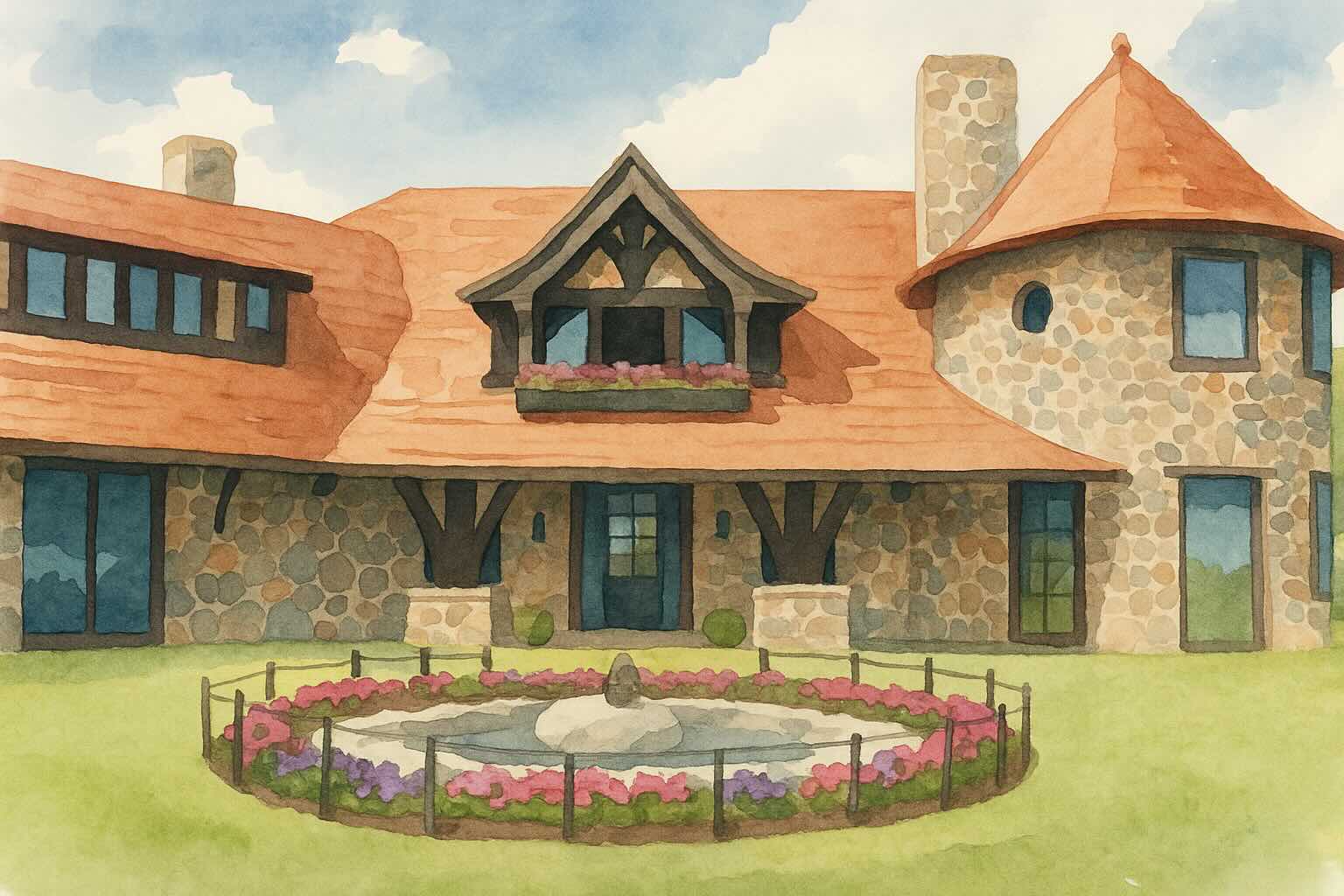Exploring New Hampshire's Natural Heritage
The Libby Museum stands as a charming repository of natural history and local wildlife, offering visitors an intimate look at the diverse ecosystems and wildlife that call the Lakes Region home. This beloved community museum combines education with wonder, featuring carefully curated exhibits that showcase the natural beauty and biological diversity of New Hampshire.
Founded to preserve and share the natural heritage of the region, the museum features an impressive collection of mounted wildlife specimens, mineral displays, and interactive exhibits that bring the outdoors inside. The museum serves as both an educational resource and a celebration of the remarkable natural world that surrounds Lake Winnipesaukee.
Natural History Exhibits
- Wildlife Dioramas - Realistic habitat displays featuring native New Hampshire animals
- Bird Collection - Extensive collection of local and migratory bird species
- Mammal Exhibits - Native mammals from tiny shrews to impressive moose
- Mineral Displays - Local geology and mineral specimens from the region
- Seasonal Exhibits - Rotating displays highlighting different aspects of natural history
- Interactive Elements - Hands-on learning opportunities for all ages
Educational Programs
- Nature Walks - Guided outdoor exploration around the museum grounds
- School Programs - Educational visits tailored for different grade levels
- Summer Programs - Special activities and workshops for children
- Lectures & Events - Guest speakers and special presentations
- Research Resources - Materials for students and researchers
- Community Outreach - Programs that bring nature education to schools
Museum Experience
The museum provides a peaceful and contemplative environment where visitors can learn about the intricate relationships between local wildlife and their habitats. The exhibits are designed to inspire appreciation for conservation while providing fascinating insights into the behavior, adaptations, and life cycles of New Hampshire's diverse wildlife populations.



